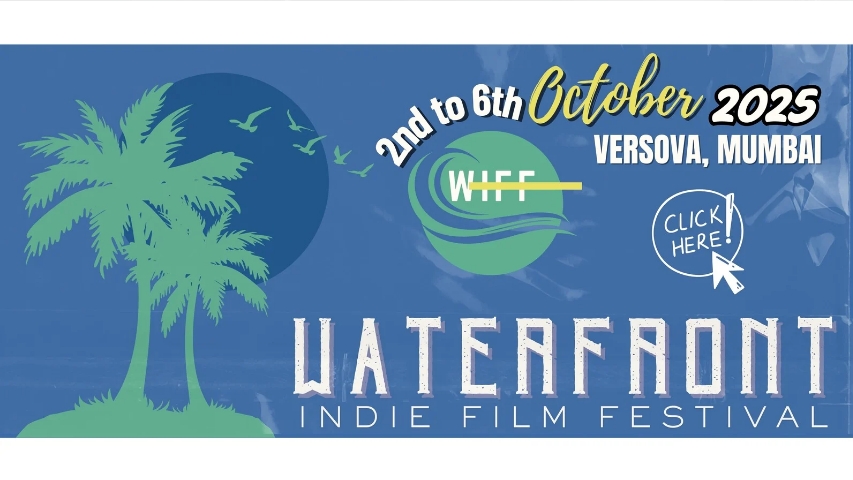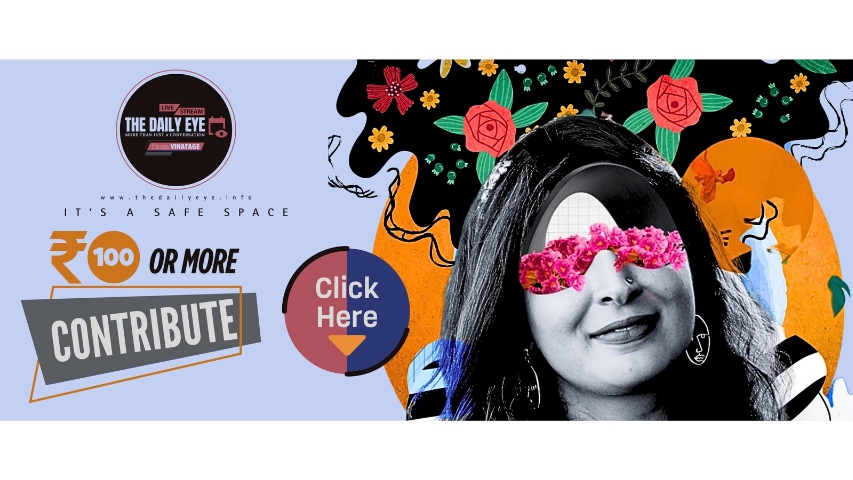
KALEIDOSCOPE: BREAKING BARRIERS IN BRAILLE LITERATURE
by Utpal Datta September 4 2025, 12:00 am Estimated Reading Time: 5 mins, 35 secsIn the culturally vibrant town of Nagaon, Assam, where art and literature blend with daily life, Anjali Mahanta’s journey as an author and pioneer reflects inclusivity, and transformative storytelling. Utpal Datta speaks to her.
Anjali Mahanta’s Assamese Braille novel Moronoi Parar Noyona breaks new ground in inclusive literature, celebrating the inspiring life of Kamala Barua, the first blind woman graduate of Northeast India. As the first Assamese novel published in Braille, it opens doors for visually impaired readers while spotlighting themes of empowerment, and cultural heritage. By weaving history, society, and personal triumphs into a fictionalized narrative, Mahanta ensures that this pioneering story resonates across generations and redefines accessibility in Indian regional literature.
Roots of a Creative Journey
In the culturally vibrant town of Nagaon, Assam, where art and literature blend with daily life, Anjali Mahanta was born. Her artistic family influenced her creative path. With one brother as a writer and another as a musician, Mahanta grew up surrounded by intellectual and artistic pursuits. These influences significantly shaped her creative interests. She learned to play the mandolin and formed Assam's first all-women music band, a groundbreaking achievement. Over the years, Mahanta wrote three books, including novels and collections of humorous essays. Her literary voice, sensitive and socially aware, has won her awards and recognition.

A Novel of Inspiration and Inclusion
Her latest novel, Moronoi Parar Noyona, stands out not just for its narrative depth but for its format; it is the first Assamese novel printed in Braille, making it accessible to readers with visual impairments. What makes this effort remarkable is not just the novelty of publishing a book in Braille but also that the protagonist is a visually impaired woman whose life story is based on real events and real people. The novel is inspired by the life of Kamala Barua, a pioneer who overcame societal and physical obstacles to become the first blind woman graduate in Northeast India. It serves as a tribute to the resilient human spirit.
Utpal Datta: Your novel has been printed in Braille, possibly the first Assamese novel to be published in this format. How did this idea come to you?
Anjali Mahanta: The novel I wrote, Moronoi Parar Noyona, has been published both in regular print and in Braille. It is the first Assamese novel to be printed in Braille. The book tells the story of a visually impaired woman. In 1955, with the efforts of social worker Haldhar Bhuyan, Assam's first school for the blind was established under the Sankar Mission. The protagonist was the first student of that school. She later became the first visually impaired graduate from Northeast India, the first visually impaired recipient of the President's Award, and the first blind woman teacher from the region. Her name was Kamala Barua.
This novel is a fictionalised narrative of her remarkable life journey. She proved that blindness is never a barrier to life. Many referred to her as the "Helen Keller of Assam." Her story could serve as a strong inspiration for others with visual impairments, and they should have the opportunity to read it themselves. That's why I decided to publish it in Braille.
Utpal Datta: Could you provide a broader overview of the novel's content?
Anjali Mahanta: The story spans from 1955 to 2009. It centres around the Moronoi Par area of Kalabari in Sonitpur district. A six-year-old girl, holding her father's finger, travelled a long distance from home to enrol in the school for the blind in Nagaon. Despite the transportation difficulties, her farsighted father made sure to enrol his visually impaired daughter in school. Over time, children with visual impairments from different districts of Assam joined this institution.
Separated from the warmth of their parents' embrace and unable to see the colours of the world, they began a unique journey—holding hands, communicating through touch, and connecting heart to heart. Their world of perception was a marvellously beautiful one. Though cut off from the chaos of childhood, their lives resembled silent prayers. This novel explores the inner emotional world of these individuals—their youth, their ageing, and their quiet endurance.

Crafting a Living, Breathing Story
Utpal Datta: What was your preparation process like for writing this novel?
Anjali Mahanta: It took me about two years and three months to complete the novel. I had seen Kamala Barua but never met her in person. I began writing the book after her death, with the help of her husband, son, daughter, sister, and friends. Her husband, Pawan Barua, and son, Durlabh Pawan Barua, encouraged me to write it. Initially, I was anxious—could I truly capture her life in a novel?
I received substantial support from students and teachers of the school for the blind. I visited Moronoi Par in Kalabari to gather information about her childhood, her time during school and college vacations. I spent a great deal of intimate time with visually impaired individuals and gradually became immersed in their beautiful world. From Mukut Bhuyan, a relative of Haldhar Bhuyan, I learned many things about her inspirations. I also gathered insights into the politics, society, and environment of Nagaon during that time.
Notably, during those years, when visually impaired students took exams, they were assisted by renowned individuals such as novelist Deepak Kumar Borkakati, former commissioner Chittaranjan Kalita, Dr. Dhiren Borkakati, Manjira Choudhury, Madhan Saikia, and Sewali Bora. Their stories helped immensely. During the period I was writing the novel, I refrained from participating in social events.
Utpal Datta: What kind of response have you received from readers?
Anjali Mahanta: The response has been overwhelmingly positive. Those who knew Kamala Barua, the school for the blind, or social worker Haldhar Bhuyan, sought out the book themselves. Due to this support, the novel is now being prepared for a second edition. Especially heartwarming has been the reaction from visually impaired readers who read the Braille version. Many of them called me personally, showering me with affection and encouragement—words cannot express how moved I was.
They told me, "For so long, we've listened to short stories, poems, and programs read aloud or aired on the radio. But to read our own story ourselves—it brought tears to our eyes."
Utpal Datta: Compared to your earlier books, how different was the experience of writing this one?
Anjali Mahanta: Writing Moronoi Parar Noyona has brought me far more satisfaction than my previous works, like Maya, Khoj, or Bonai Choror Rong. Those earlier novels and satires were blends of imagination and reality. But this one is a living, breathing novel, where both truth and beauty coexist. Moronoi Parar Noyona will remain one of the most special works of my literary journey.




-173X130.jpg)

-173X130.jpg)
-173X130.jpg)
-173X130.jpg)
-173X130.jpg)
-173X130.jpg)
-173X130.jpg)